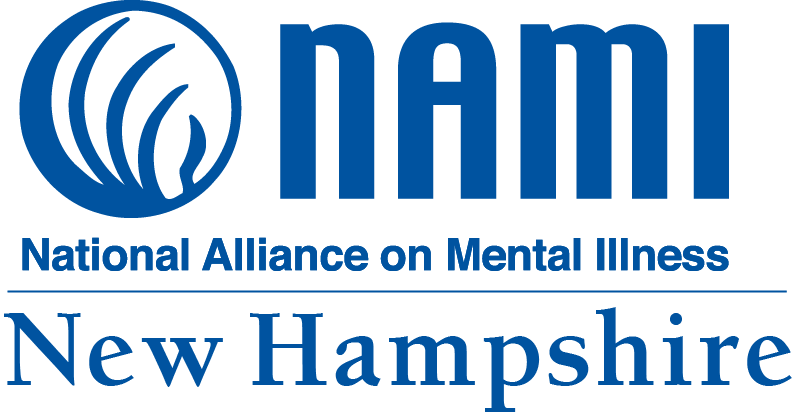suicide prevention
Recognize the Warning Signs for Suicide to Save Lives!
Take action if you see any of the following warning signs:
- Talking about or threatening to hurt or kill oneself
- Seeking firearms, drugs, or other lethal means for killing oneself
- Talking or writing about death, dying, or suicide
- Direct Statements or Less Direct Statements of Suicidal Intent: (Examples: “I’m just going to end it all” or “Everything would be easier if I wasn’t around.”)
- Feeling hopeless
- Feeling rage or uncontrollable anger or seeking revenge
- Feeling trapped – like there’s no way out
- Dramatic mood changes
- Seeing no reason for living or having no sense of purpose in life
- Acting reckless or engaging in risky activities
- Increasing alcohol or drug use
- Withdrawing from friends, family, and society
- Feeling anxious or agitated
- Being unable to sleep, or sleeping all the time
If you see warning signs and/or are otherwise worried that this person:
Connect with Your Loved One, Connect Them to Help
- Ask directly about their suicidal feelings. Talking about suicide is the first step to preventing suicide!
- Let them know you care.
- Keep them away from anything that may cause harm such as guns, pills, ropes, knives, vehicles
- Stay with them and get a professional involved.
- Offer a message of hope – Let them know you will assist them in getting help.
- Connect them with help:
For an emergency, dial 911
National Suicide and Crisis Lifeline:
- 988 Suicide & Crisis Lifeline – Call or text 988
- TTY 800-799-4889
- En Español 1-888-628-9454
- Lifeline Chat
- Text HOME to 741741 in the US
Research shows that attempt survivors have an increased risk for suicidal behaviors. If you are an attempt survivor reading this, it is very important for you to access helping supports and resources, such as close family and friends, the National Suicide Prevention Lifeline at 1-800-273-TALK (8255) [Press 1 for Veterans] and those listed below.
Connect with Help (Additional Supports) in the Community:
- Pastoral counselor
- Primary care provider
- Other qualified professionals
- School nurse/guidance counselor
Please visit the Crisis Help page for additional telephone numbers and helping supports and resources. Attempt survivors are strongly encouraged to seek out counseling resources as well.
Learn about Peer Supports and Attempt Survivor Groups in NH
How to Talk to Children and Youth
The US Department of Veteran Affairs has developed a series of fact sheets on how to talk to children and youth in different age groups about a suicide attempt in your family. These facts sheets are available below.
It may also help to hear about the experiences of individuals who have survived a suicide attempt. The Suicide Prevention Resource Center (SPRC) maintains a list of resources and initiatives led by attempt survivors who are now working to prevent others from attempting suicide.
If you are a family member or a friend trying to support an attempt survivor, you need to be aware of the warning signs for increased risk – see Warning Signs. Do not be afraid to ask your loved one if they are thinking about hurting or killing themselves. Knowing how to access appropriate community resources and safety supports can help you support your loved one in his/her crisis. Visit the Crisis Help page for this information.
After Treatment in an the Emergency Department
Learn More About Suicide Prevention
Connect™ Suicide Prevention materials developed by NAMI NH are used for strictly non-commercial purposes and may not be altered and/or used for other purposes without consent from NAMI NH. The use of these materials without permission of NAMI NH is expressly prohibited. NAMI NH Connect™ program materials are exclusively owned and copyrighted by NAMI NH.
This webinar will cover the range of Risk and Protective Factors, the Warning Signs, and what to do if someone may be at risk for suicide (whether it is a family, friend or acquaintance). The webinar will review actions to take when there is immediate concern and resources in the community that can help create a safety net for people at risk of suicide. This webinar is not a substitute for a professional assessment.
If you are concerned about someone or if you are having thoughts of suicide, contact your local community mental health center or call the National Suicide Prevention Lifeline – 1-800-273-TALK (8255). If you feel there is imminent risk, call 911.
Suicide Prevention Training
NAMI NH has received national and international acclaim for its Connect Suicide Prevention Program. Connect is designated as a National Best Practice training program in suicide prevention, intervention and response to a suicide death. By working with and training key service providers and community members, Connect promotes a community based approach to early recognition of mental illness and improved access to care. When people are educated about the risks and warning signs of suicide and ways to prevent it, lives can be saved!
The Connect Program offers comprehensive training and consultation in suicide prevention and postvention for a wide range of audiences and communities around the globe. We invite you to visit our Connect Suicide Prevention website. Here you can learn about the programs that NAMI NH has put in place to help prevent suicide and support individuals, families and communities impacted by suicide.If you or someone you know is at risk for suicide, or has lost someone to suicide, the Get Help section will provide you with resources.

